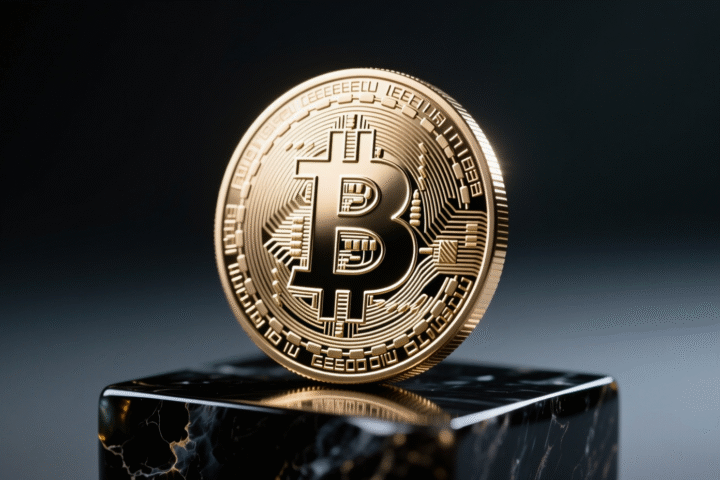Bitcoin may have started the crypto revolution, but it wasn’t alone for long. The history of altcoins began as soon as developers and innovators saw ways to improve on Bitcoin’s ideas or explore completely new possibilities. These altcoins quickly became rivals, companions, and experimenters in the crypto world, each bringing unique features, communities, and goals. Understanding their journey helps beginners see how the broader crypto landscape took shape and why Bitcoin isn’t the only story worth knowing.
Key Points
- Bitcoin may have started the crypto revolution, but it wasn’t alone for long
- The history of altcoins began as soon as developers and innovators saw ways to improve on Bitcoin’s ideas or explore completely new possibilities
- These altcoins quickly became rivals, companions, and experimenters in the crypto world, each bringing unique features, communities, and goals
The Birth of Altcoins
The history of altcoins kicks off with some early pioneers like Namecoin and Litecoin. Namecoin aimed to create a decentralized domain name system, while Litecoin focused on faster transaction speeds and a more efficient mining process. These early projects showed that Bitcoin’s design could be adapted and improved in different ways.
Early altcoin creators were motivated by experimentation and solving perceived problems in Bitcoin. Some wanted quicker transactions, others were chasing more privacy, and many were simply exploring new possibilities in blockchain technology. Technically, these coins often used different algorithms, block times, or reward structures, and philosophically, they challenged Bitcoin’s “one-size-fits-all” approach. These early experiments laid the groundwork for the vibrant and diverse altcoin ecosystem we see today.
The Rise of Ethereum and Smart Contracts
A major chapter in the history of altcoins came in 2015 with the launch of Ethereum, and it changed the game entirely. Unlike Bitcoin, which was mainly designed as digital money, Ethereum introduced the concept of smart contracts, self-executing agreements coded directly on the blockchain.
These smart contracts made it possible to build decentralized apps, or dApps, on top of Ethereum, opening up a world of possibilities beyond just sending and receiving money. From games to decentralized finance and even digital art, Ethereum showed that blockchain could be a platform for innovation. This shift expanded the role of altcoins, proving that crypto could be about much more than transactions and setting the stage for a wave of new projects and ideas.
Related: Global Liquidity Split: Yen Carry Trade Risks Rise as BoJ Eyes New Hike vs BoE Cut
Market Impact and Adoption
The history of altcoins isn’t just about technology, it’s also about how they shook up markets. As new altcoins emerged, they brought fresh trading opportunities, fueled new market cycles, and influenced investor behavior. Traders quickly realized that altcoins could rise and fall faster than Bitcoin, creating excitement and sometimes chaos in crypto markets.
Exchanges and wallets began supporting multiple coins, making it easier for people to explore and trade beyond Bitcoin. This broader access helped altcoins reach mainstream audiences, with major media outlets covering big launches, price surges, and high-profile projects. From early enthusiasts to casual investors, altcoins have expanded the crypto world and made it a more diverse, dynamic place to participate.
Challenges and Criticisms of Altcoins
The history of altcoins is full of innovation, but it also comes with its fair share of bumps. Not every project succeeds, and the rise of scams and unstable coins has made it clear that the altcoin space can be risky for beginners and seasoned investors alike.
Related: NFT Minting Terms Every Creator Must Know Before Their First Mint
- Scams, “pump and dump” coins, and failed projects have been common pitfalls.
- Regulatory scrutiny and investor caution have shaped safer practices.
- Early missteps taught the community the importance of research and due diligence.
Despite these challenges, the lessons learned from early altcoin experiments have helped the industry mature. Understanding the risks is just as important as spotting the opportunities, making the journey through the altcoin world smarter and safer for everyone.
The History of Altcoins: Lessons and Lasting Impact
The history of altcoins shows how the crypto world has grown far beyond Bitcoin. From early experiments like Litecoin and Namecoin to Ethereum’s smart contracts and the wide variety of coins today, altcoins have pushed innovation, created new use cases, and shaped markets in ways no one could have predicted.
Altcoins continue to drive experimentation, inspiring new ideas in finance, gaming, privacy, and beyond. For beginners and seasoned traders alike, exploring this space thoughtfully can be both exciting and educational. By staying informed, doing your research, and approaching projects carefully, you can appreciate the full impact of altcoins and navigate the crypto world with confidence.












